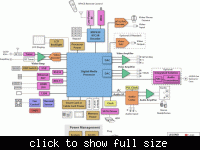thannara123
Advanced Member level 5
Hi, experts i want to know about the basic works of cable TV set top box .
anybody has the block diagram ?
anybody has the block diagram ?
Follow along with the video below to see how to install our site as a web app on your home screen.
Note: This feature may not be available in some browsers.
